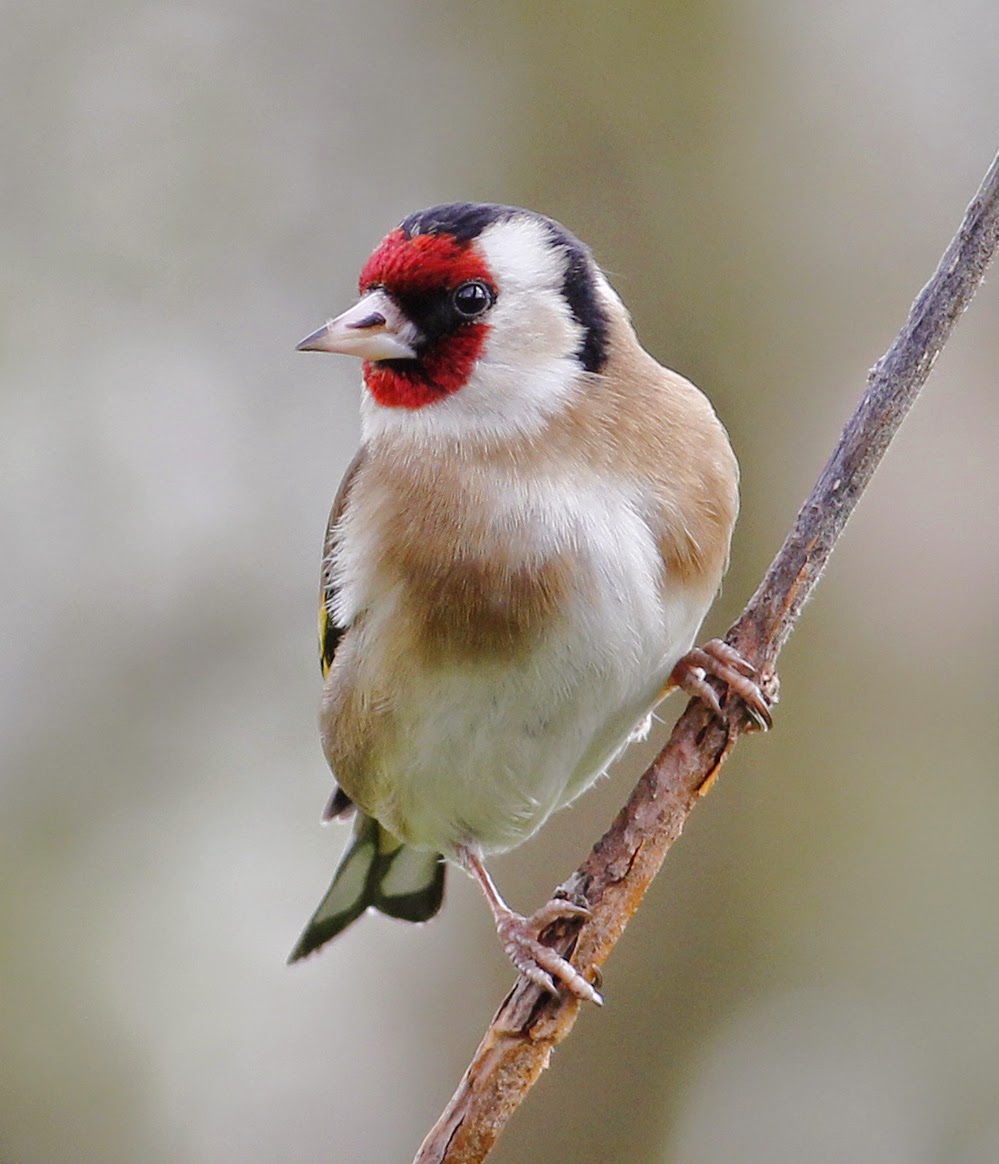Although the morning was bright and sunny the cold north westerly’s continue to hold back migration.
When I arrived at Fluke Hall there were Meadow Pipits lifting off from the nearest field and a count of 30+, the birds heading due north across the shore and then towards Heysham. There was a single Wheatear along the sea wall, and those two species proved to be the only genuine migrants I saw in three hours of searching the area.
At least the sun gave resident birds plenty to sing about with even the normally shy and retiring Tree Sparrows making lots of noise in and around several nest boxes. It is actually hard to detect the song of Tree Sparrow, a short twitter mixed with the occasional chirrup. A Tree Sparrow’s calling repertoire consists of varied chirps and cheeps generally similar to the House Sparrow but shorter and higher pitched. All in all, and due to its generally wary behaviour, the humble Tree Sparrow is a bird that is easily overlooked.
Tree Sparrows are birds of lowland farmland but will also inhabit large gardens, especially where nest boxes are provided. They prefer mature trees in open country, on the edge of woods or in hedges. Tree Sparrows usually nest in holes (including nest boxes) but may build a nest in thick, large hawthorn hedges if no holes are available.
Tree Sparrow
A walk through the woodland and along hedgerows revealed 4 Twite, 4 Greenfinch in song, 3 Song Thrush, 5 Linnet, Stock Doves in display mode, 2 Greylags on the pond and 25+ Woodpigeon. The pair of resident Kestrels can generally be seen. Today the male was atop a roadside telegraph post while the female hunted the nearby fields.
Woodpigeon
The “wet fields” aren’t especially wet at the moment after a somewhat dry spell, but with a little effort I found a gang of 9 Snipe, 4 Teal, 2 Little Egret, 12 Redshank, 4 pairs of Lapwing, 2 pairs of Oystercatcher and 18+ Shelduck.
The Shelduck are mostly paired up and on the lookout for somewhere to nest.
An old name for the Shelduck is “burrow duck” a title earned from the birds’ habit of making its nest in a burrow of a rabbit or in a hole hollowed out by itself. In the Orkneys the Shelduck was once known as the “Sly Goose” from their instinctive cunning and ability to divert people from robbing their nests of young. Like many a wader species an adult Shelduck will fly along the ground as if wounded until the young can reach a place of safety whereupon the adult bird will return to the young to collect them together.
The "sheld" part of the Shelduck's name refers to the pied and brightly coloured variegated parts of the species plumage.
Shelduck
The forecast is pretty dire for several days ahead so I’m hoping the experts are wrong and I can get out birding or ringing. If so, read all about it here on Another Bird Blog.
Linking today to I'd-rather-b-birdin.blogspot and Eileen's Saturday Blog .
Linking today to I'd-rather-b-birdin.blogspot and Eileen's Saturday Blog .










































































